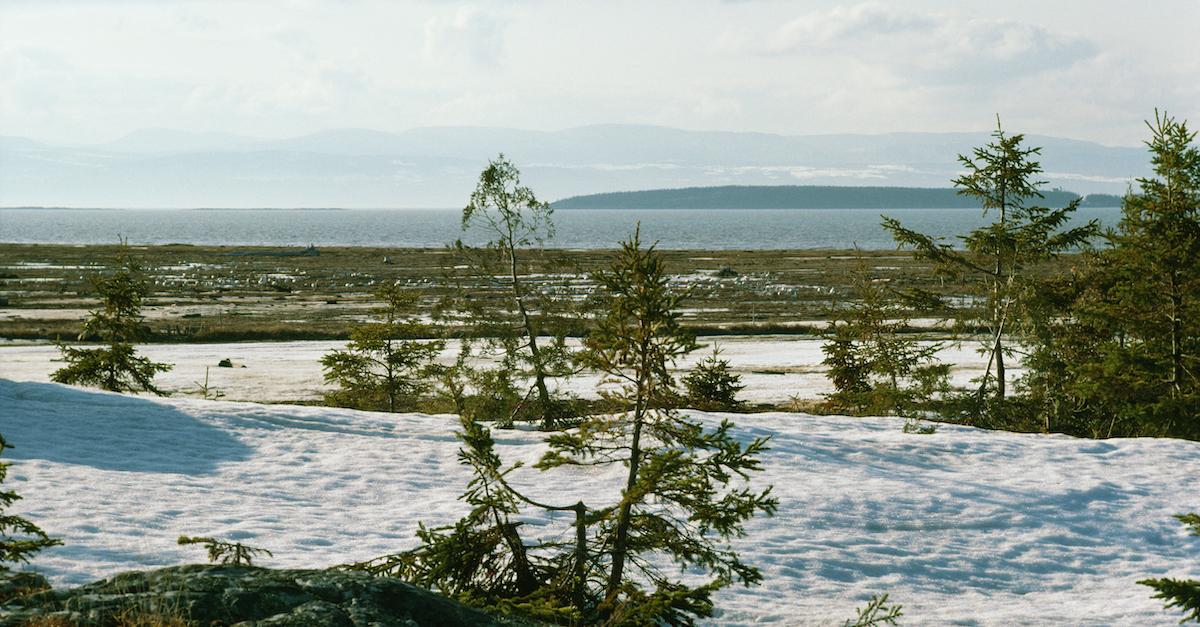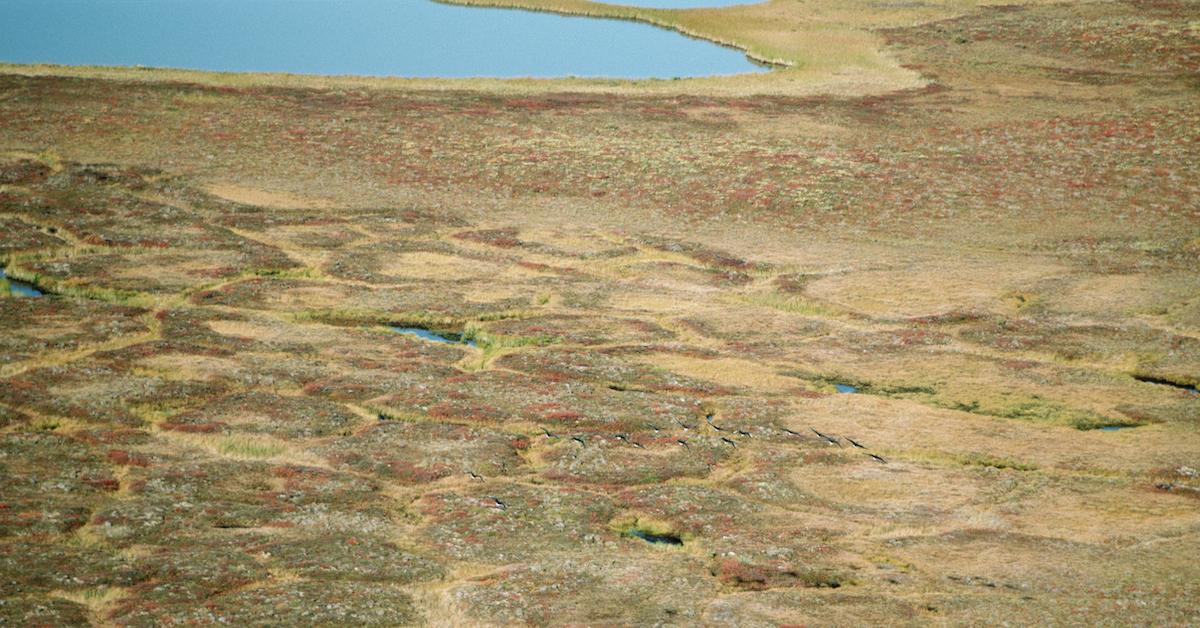Climate Change Could Completely Consume the Siberian Tundra by 2050, Studies Show
Published June 1 2022, 4:44 p.m. ET

As we know, the Arctic tundra won't be around much longer. Climate change is causing the sea levels to rise, and the ice to melt, which is also, in turn, wiping out the plant and animal species that live there. And unfortunately things aren't much different in Siberia. In fact, the Siberian tundra is expected to succumb to climate change by 2050, research says.
“For the Arctic Ocean and the sea ice, the current and future warming will have serious consequences,” Professor Ulrike Herzschuh, Head of the Polar Terrestrial Environmental Systems Division at the Alfred Wegener Institute stated, as per SciTechDaily. “But the environment on land will also change drastically. The broad expanses of tundra in Siberia and North America will be massively reduced, as the treeline, which is already slowly changing, rapidly advances northward in the near future."
"In the worst-case scenario, there will be virtually no tundra left by the middle of the millennium," he continued. "In the course of our study, we simulated this process for the tundra in northeast Russia. The central question that concerned us was: which emissions path does humanity have to follow in order to preserve the tundra as a refuge for flora and fauna, as well its role for the cultures of indigenous peoples and their traditional ties to the environment?”

Researchers from Germany have found the Siberian tundra may cease to exist mid-millennium.
Researchers at Germany's Alfred Wegener Institute researchers in Germany utilized digital models called LAVESI to predict the Siberian tundra's losses — which shows rising temperatures in the Arctic will melt Siberia by 2050. Though its icy conditions make for little biodiversity, the signature ice, snow, and native species will cease to exist in a few years. The tundra is expected to be overrun with trees and greenery, looking practically unrecognizable in rendered images of its future.
The paper, which was published in eLife, notes that even with drastic climate measures, marginally more than 30 percent of the Siberian tundra will be able to survive. The permafrost, which is generally below freezing, is expected to almost melt entirely.
The LAVESI model looked at how seeds will be distributed, and how many will mature into adult trees. With climate change, the tundra should reduce to about 6 percent of what it is now.
Scientists hope that protective measures will conserve much more than 30 percent of Siberia's tundra. But, it's unclear how it will survive, unless major changes happen regarding global climate action.

Wildfires are becoming increasingly prevalent in Siberia.
If rising temperatures, melting ice, and growing trees don't wipe out the tundra, wildfires might.
Over the last few years, wildfires in Siberia and in the Arctic have increased drastically. In summer 2019, Siberia saw some of the worst fires on record — to the point that the government was forced to declare a state of emergency. And since, conditions haven't improved much at all.
If communities worldwide commit to curbing emissions, we might have a shot at saving the tundra. But it looks like its on track to disappear entirely within our lifetimes.